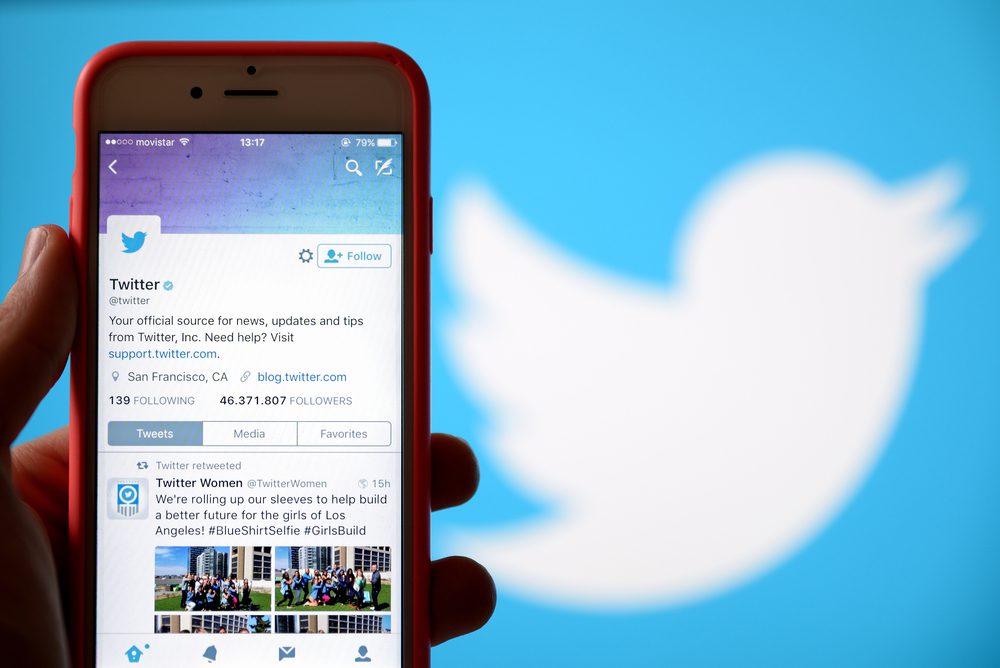
With the drastic increase in smartphone popularity over the past 10 years has come a sudden decrease in the popularity of other media. The smartphone has become the GPS, television, calendar, ultimate connector and so much more.
While Americans are spending close to a quarter of their daily media time on mobile devices, advertising and marketing agencies are only spending a small fraction of their budget on mobile platforms. Some forward-thinking advertising and marketing agencies are calling for a shift in advertising and a conscious move toward an increase in mobile advertisements.
Out With the Old
In a world where the selfie is king and Facebook is the most popular media platform, big advertising and marketing agencies are still spending huge sums of money on print advertising. Though there is still a place for print advertising, there are several instances in which mobile advertising is drastically more effective.
Advertisements placed on TV and radio are doing reasonably well, but advertising on the internet is sub-par — and where mobile is concerned, nearly non-existent. In order to have a blended and totally effective campaign, it is important that advertising and marketing agencies let go of preconceived notions and get on board with mass mobile advertising.
If your target market mirrors the behaviors exhibited by the vast majority of Americans, then it is safe to say that mobile consumes your market’s time — and unless you meet them there, you risk being completely ignored.
In With the New
With the future of advertising tied so closely to Facebook, it is time to revolutionize the way advertising is executed and bring the ads to the masses. If smartphones and social media are the future of advertising, then that is where we must go.
Take the time to develop a serious plan to integrate mobile advertising into various campaigns.
In the past mobile advertising was considered a bonus — but today it is essential. You wouldn’t fight a Sith Lord without a lightsaber — a campaign without mobile advertisements is equally as hopeless.
Mobile advertising is more than just ads that pop up between levels of Candycrush or business pages of Facebook. Advertising and marketing agencies have the potential to put creativity in action and push the limits of mobile advertising. Whether these advertisements come on Instagram or Snapchat, there are hundreds of ways to advertise and interact with customers.











